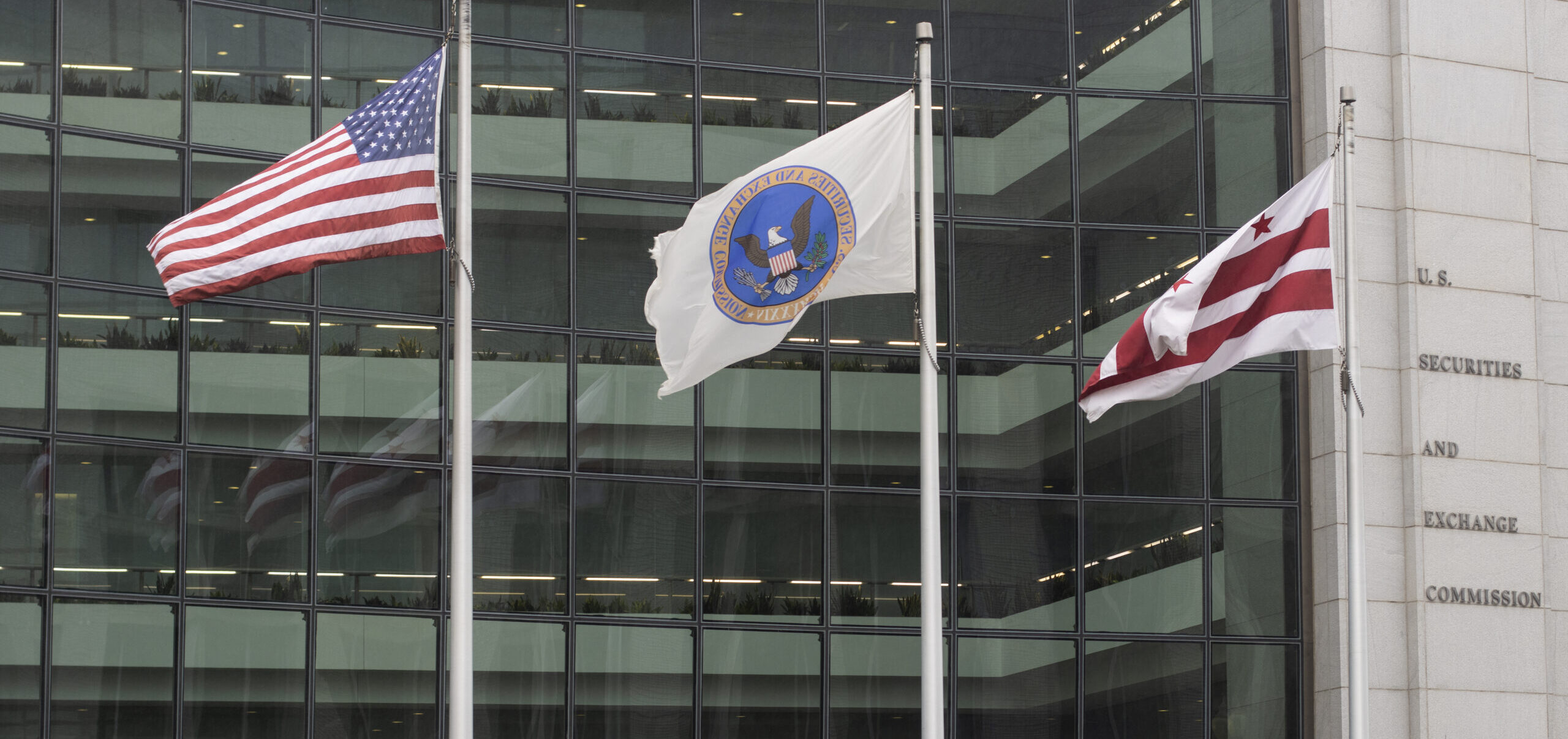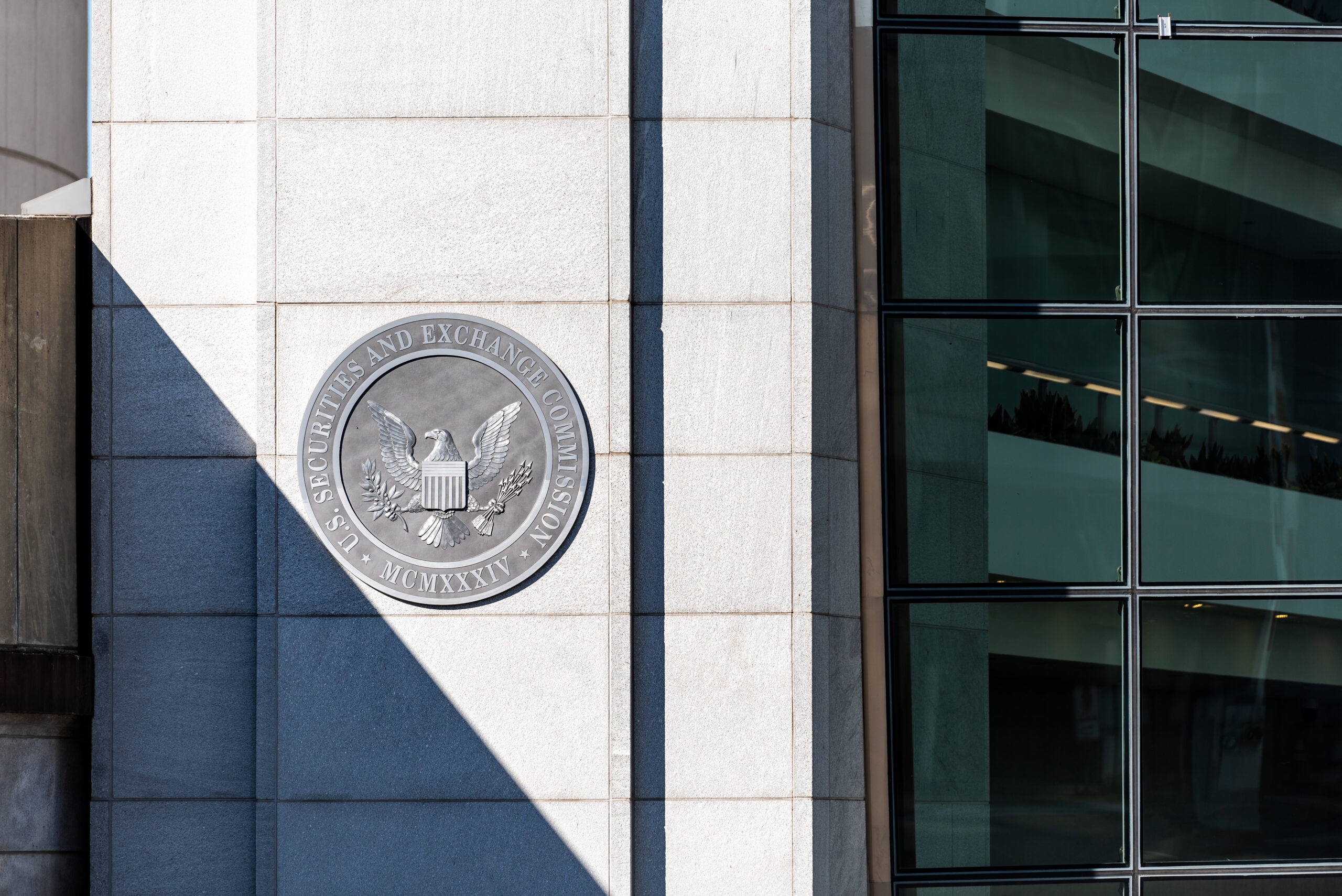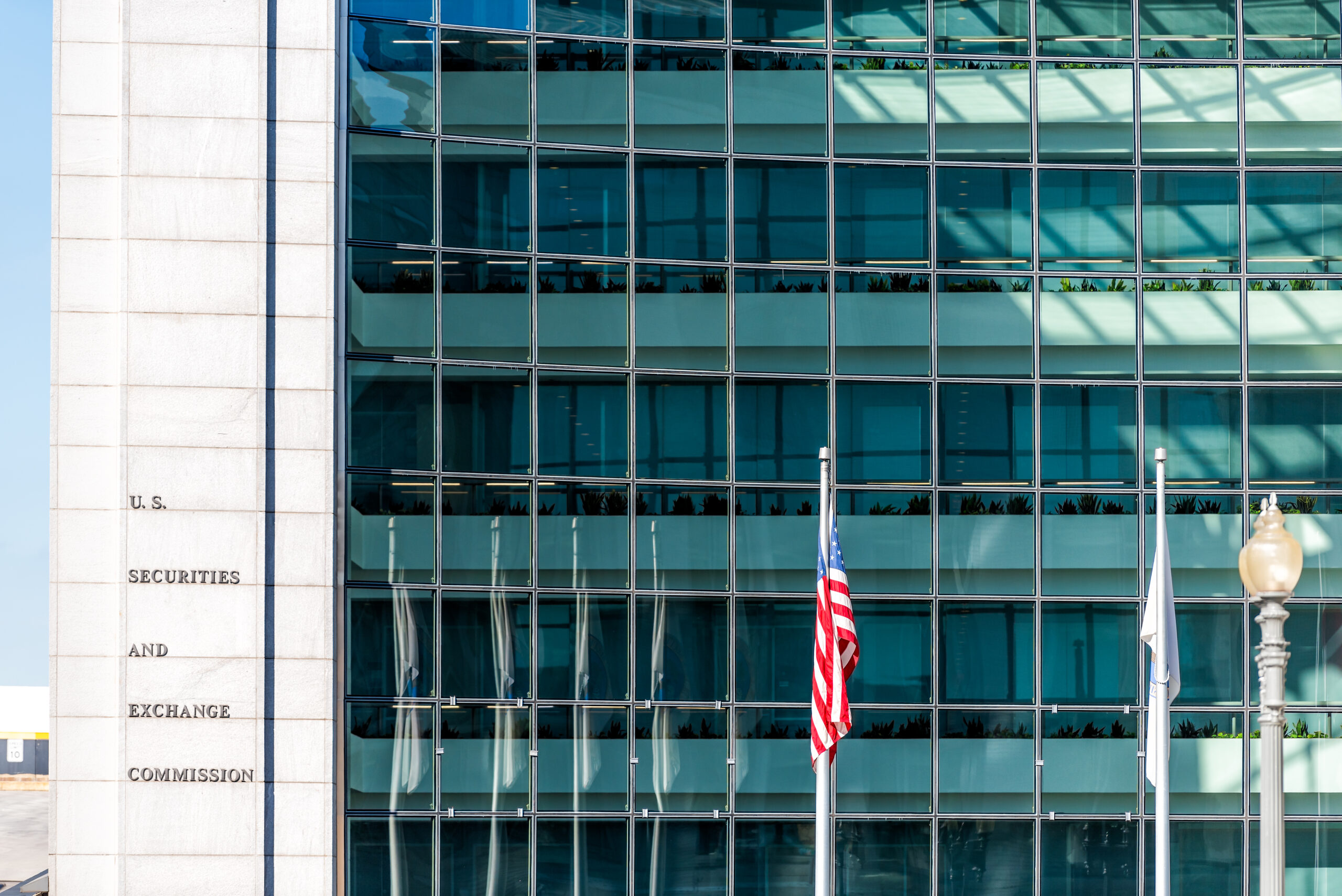
SFA Conflict of Interest Resource Hub
SEC Conflicts of Interest Rule: Media Spotlight
Explore the latest media coverage and press mentions surrounding the SEC’s Conflicts of Interest Rule.

American Banker
BankThink SEC’s proposed conflict-of-interest rules include a massive oversight
Michael Bright criticizes the SEC’s proposed “conflict of interest” rule, which aims to prevent financial institutions that securitize loans from betting against those securities. While the rule seeks to protect investors, the author argues it is overly broad and could harm financial stability. The rule’s restrictions on normal risk-mitigating activities like hedging are seen as problematic, potentially making it difficult for institutions to manage risks effectively. The author urges the SEC to refine the rule to avoid these negative consequences.

GlobalCapital Securitization
SEC Adjusts Conflicts of Interest Rule To Address ‘Major Concerns’ for ABS
GlobalCapital Securitization discusses the SEC’s adjustments to its conflict of interest rule following significant feedback, with over 900 comments submitted on the initial proposal. The adjustments aim to address major concerns from the asset-backed securities (ABS) industry, ensuring the rule effectively prevents conflicts without unduly restricting legitimate activities. The SEC’s changes reflect an effort to balance investor protection with practical considerations for ABS issuers and market participants.

National Mortgage News
Final SEC Conflict of Interest Rule Eases Mortgage Worries
National Mortgage News discusses the SEC’s final conflict of interest rule, which is less stringent than earlier drafts. It aims to protect mortgage investments by prohibiting securitization participants from engaging in transactions that present material conflicts of interest. While the rule imposes some new compliance burdens, it allows for interest-rate hedging and credit risk transfers. Nonbank lenders will need to implement new safeguards, potentially increasing costs. The rule is designed to prevent conflicts seen in past financial crises, with specific exemptions for certain credit risk transfers.

